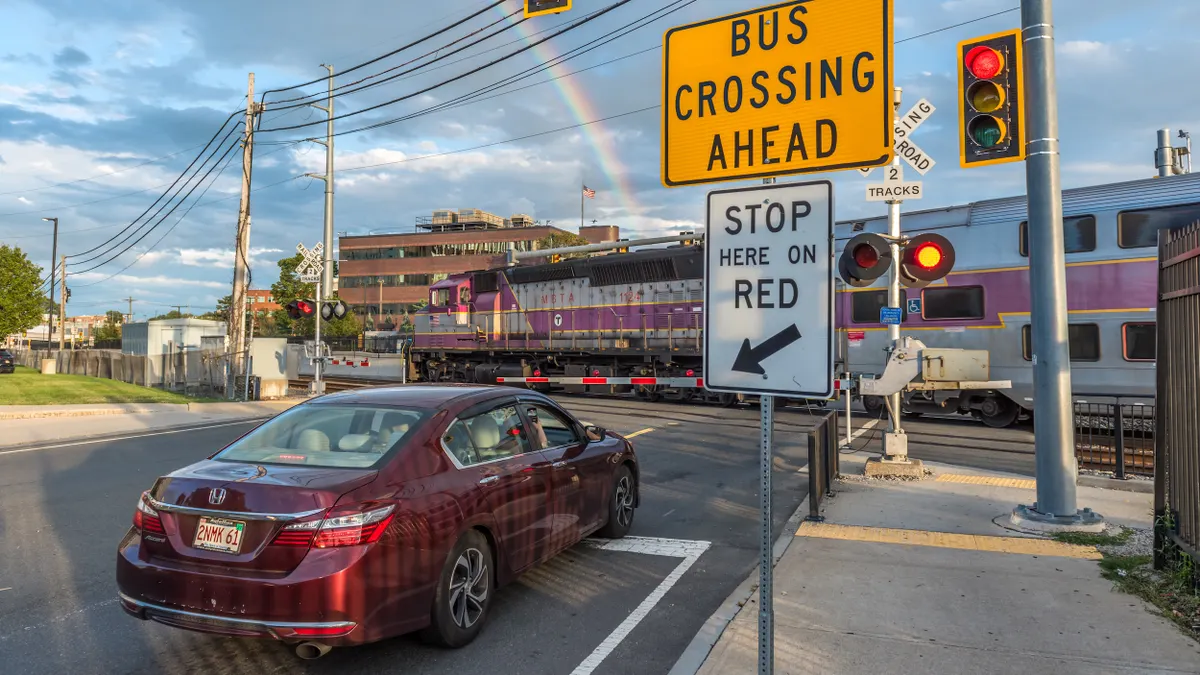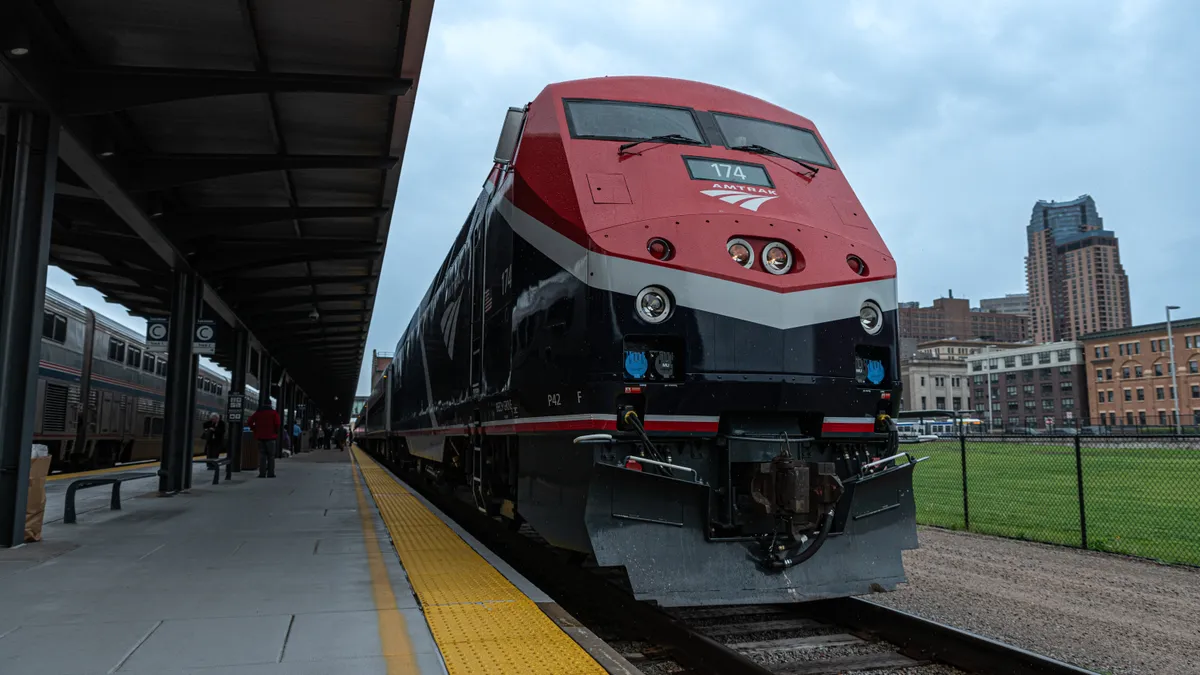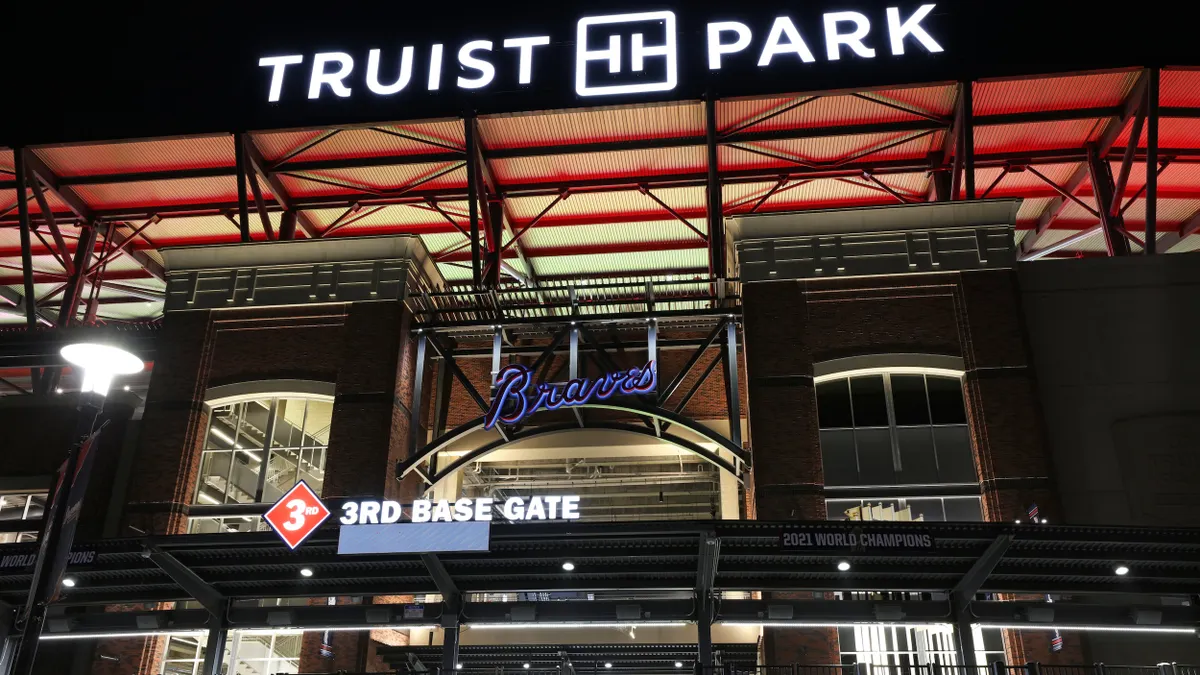Municipal bicycle sharing programs are taking off around the world. According to Metrobike, a bikeshare consultancy, a total of 1,175 cities, municipalities or district jurisdictions in 63 countries had programs at the end of 2016.
But there are a number of cities hitting the brakes on programs even while other unexpected cities start their own initiatives. Next month, Louisville will get its bike share program while Seattle closed its program in March.
Metrics can measure whether a bikeshare successfully helped cover that unique last mile between a transportation hub and a final destination like home or work. Rarely, however, are they successful at making their owners or operators rich.
"Bike sharing systems are having a hard time to be profitable from a purely economic perspective," said Niccolo Panozzo, Smarter Cycling Project Assistant for the European Cyclists' Federation. "But they are all considered public transit and no other public transit is profitable."
For Seattle, initial high hopes for its Pronto bikeshare gave way to a cascade of problems after the program launched in Oct. 2014.
Pronto started small, with 500 bikes and 50 stations mostly downtown, with plans to grow over time. But low ridership and high upfront costs had the program needing a buyout from the city after just a year. According to Pronto data, bikes were ridden less than once a day on average, from October 2014 to October 2015. Seattle, after failing to get a federal grant to expand the program, decided to shut the bikeshare down instead.
There were many reasons for Seattle's failure beyond finances. The hills and wet weather aren't conducive for everyday biking. The mandatory helmet law in Seattle didn't help either.
"Requiring helmets for something done so casually greatly affected ridership," said Paul DeMaio, founder of Metrobike. He estimates it cut potential use of the bikeshare system in half.
No two programs are exactly alike, but there are ways to help insure a successful program. The Institute for Transportation and Development Policy put out "The Bike-Share Planning Guide" in 2013 with suggestions for station density, bikes per residents, coverage area and general tips like having easy-to-use stations and good-looking bikes.
"Starting off big, launching big is one way to help launch a system," DeMaio said. City planners have to look at transport hubs, like rail and bus boardings, and also popular destinations, like residential areas, employment or recreation like museums, pools and sporting complexes.
"There is also an equity issue," DeMaio added. Poorer neighborhoods might not be as dense but shouldn't be neglected, they often have more need for transportation options.
The Brooklyn neighborhood Bedford-Stuyvesant, also known as Bed-Stuy, is a case in point. Restoration, a local community development organization in Brooklyn, got involved with helping get the largely minority residents of the area to use New York's Citi Bike program after it fully rolled out in the neighborhood.
According to a report by Restoration and the National Association of City Transportation Officials, Bed-Stuy saw 225% more Citi Bike trips in June 2016 than in June 2015. The number of Citi Bike rides and memberships increased faster in Bed-Stuy than in the city as a whole in 2016.
Bikers will also have to feel safe using the roads. That happens when more bikers are out and about, and DeMaio said cities should ideally build protected bike lanes and trails along with traditional lanes.
Not every city gets the launch right, and adjustments are common in every city as the system gets used. Despite shutting down the program, there is still a chance for a bikeshare program in the future for Seattle. Palo Alto, after having its first bike share shutdown in 2016, is also considering a second attempt.
"Hopefully, [Seattle] will get more bike infrastructure in place and try a bike share again," DeMaio said.
Data and technology transforming bike shares
As bike share programs continue to pedal on, vast troves of data are created that can help tweak and improve the system. Operational cost, like moving bikes to different stations, can make up 40% of the bike share's budget. Cities and program operators can use data from previous trips to help predict where the bikes need to go can help save money.
In a study titled "Bike-Share Systems: Accessibility and Availability," researchers looked at data and found that increasing bike availability would improve usage, even at the risk of users running into stations being full and unable to accept bike returns. In fact, even though most bike share programs try to keep stations within a quarter-mile or half-mile of another, the researchers found use drops off if stations are more than 100 meters (or .06 miles) for a potential rider.
"People very close by use it; anyone a little further away doesn't really bother," said Karan Girotra, a professor of sustainable development at business school INSEAD.
This has implications on how cities should grow their program. According to Girotra, almost all of them would benefit from more bikes, and tradeoffs are inevitable between reinforcing coverage in existing service areas and expanding coverage to new parts of cities.
Beyond adding more bikes, a number of cities are using technology to ease utilization of existing facilities.
Portland's new Biketown program, for instance, is rolling out smart bikes with GPS units. In Madrid, the bikeshare program has electric bikes for faster commutes. In Los Angeles you can use one to ride the subway, take a bus or borrow a bike. Buses in Paris and Vienna have screens to tell how many bikes are at the next station.
"There are innovations going on with integration," Panozzo said. "It's where a lot of systems are trying to go."
The next chapter for bikeshares
As bikeshares reach a saturation point in large, dense cities and move to more sprawling towns like Louisville, the programs can help grow a bipedal-powered movement.
"In general, even when bike culture isn't very strong these are systems that allow people to give it a try," Panozzo said.
Bike shares let new users do one way routes, short pleasure jaunts or escape traffic in a low pressure way that can actually encourage people to get more into biking.
"What we see where there is a bike sharing system, bike sales increase," Panozzo said.
Stationless systems, where bikes are left where ever a rider is done with them, are an emerging solution that could lower costs and provide a simpler deployment model than traditional bikeshares. The stationless systems are already in use with varying results in China and are making their way to the U.S. A San Francisco startup called Spin launched a demo at Austin's South by Southwest festival this year with a few hundred bikes.
Dockless systems using a lock that can be activated from a smartphone app could lower operational costs for operators and improve availability for uses, but problems working within a city's public right-of-way laws and preventing piles of bikes seen around China still need to be ironed out. Still, dockless bike systems could solve some of the problems currently facing bikeshares, and analysts say they should be considered for cities considering a new program.
"Globally there is a lot of demand," DeMaio said. "More and more bikesharing operators and cities are waking up and exploring the possibility of how this green form of transport can assist their population."



















